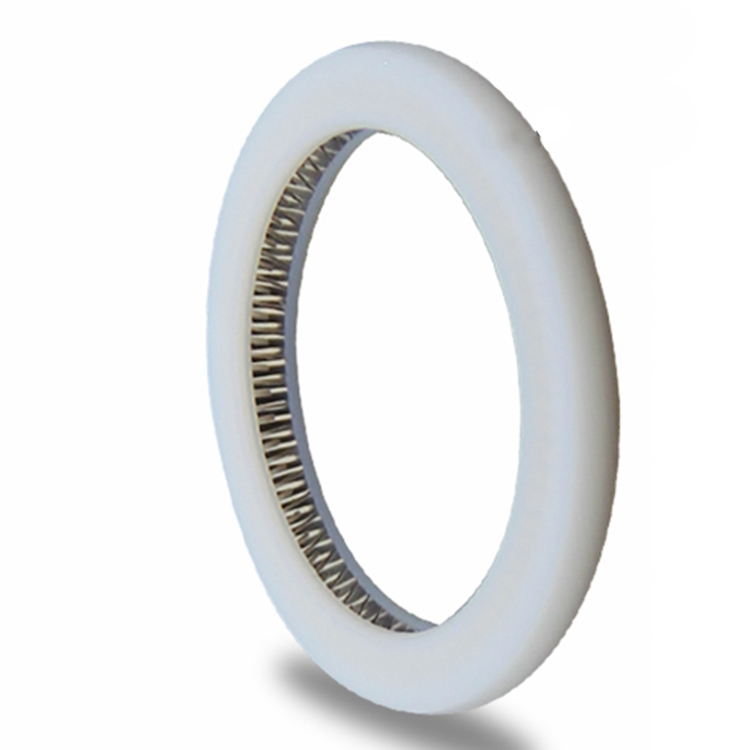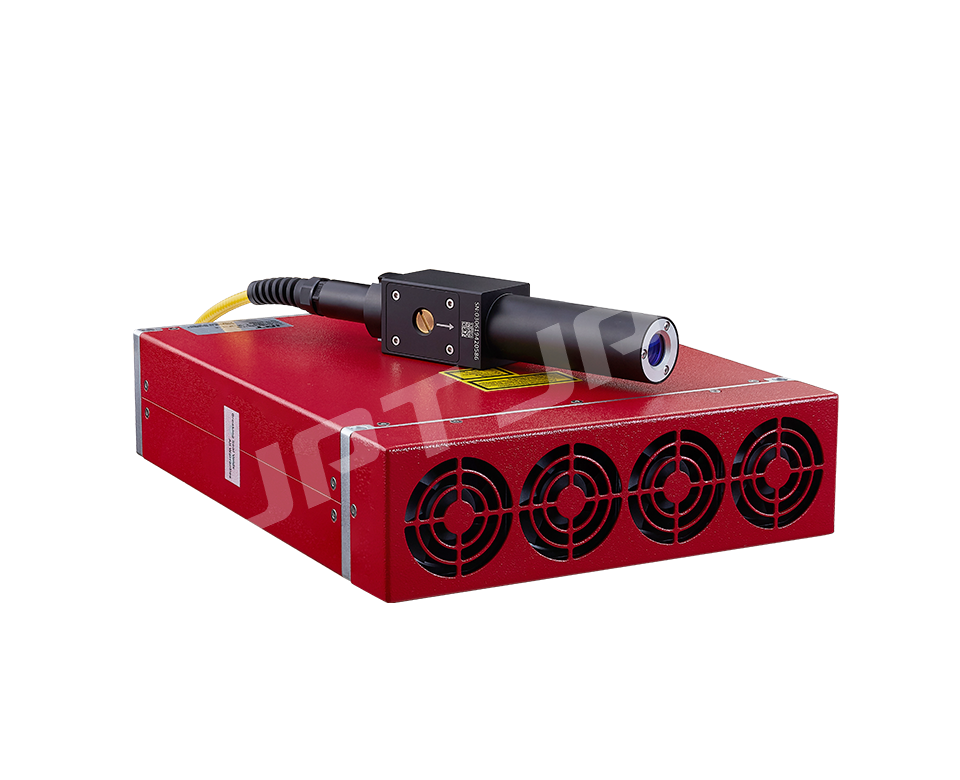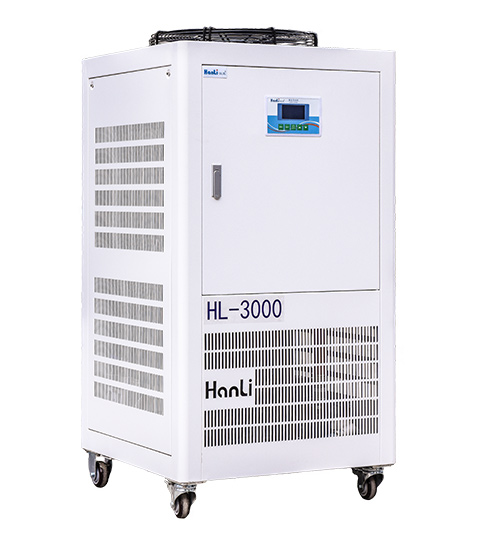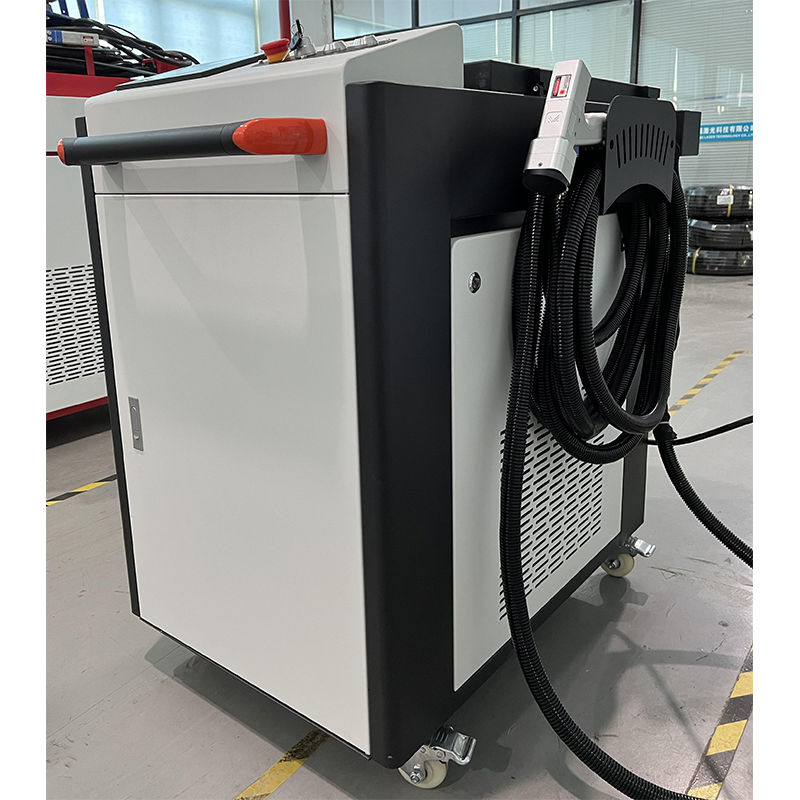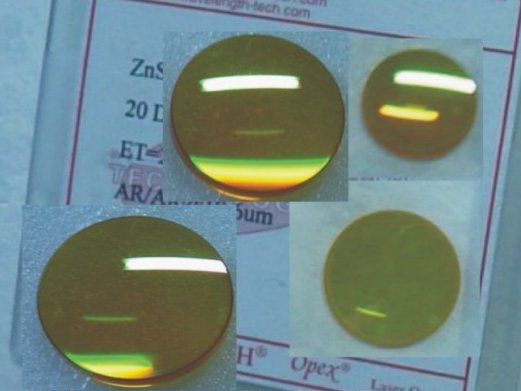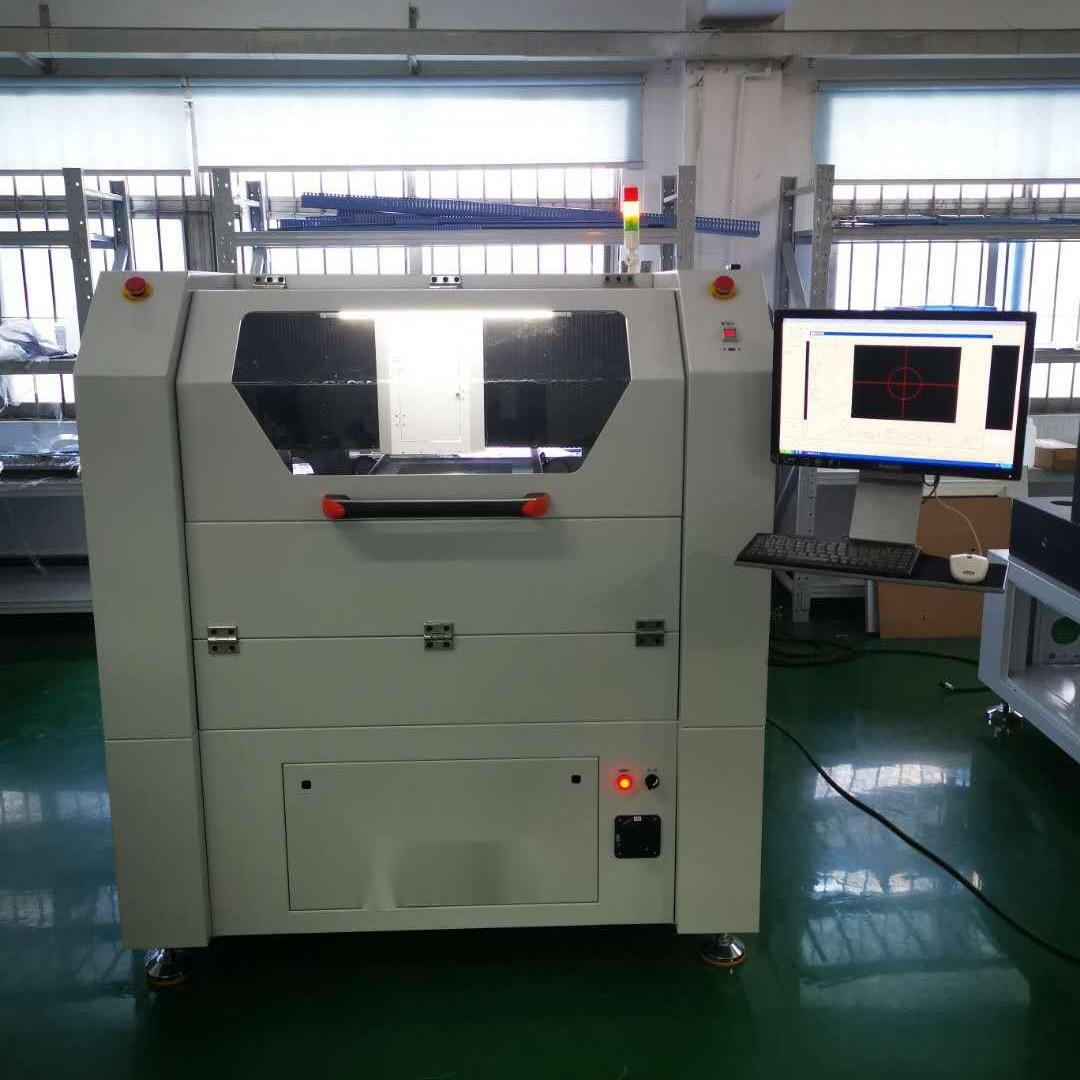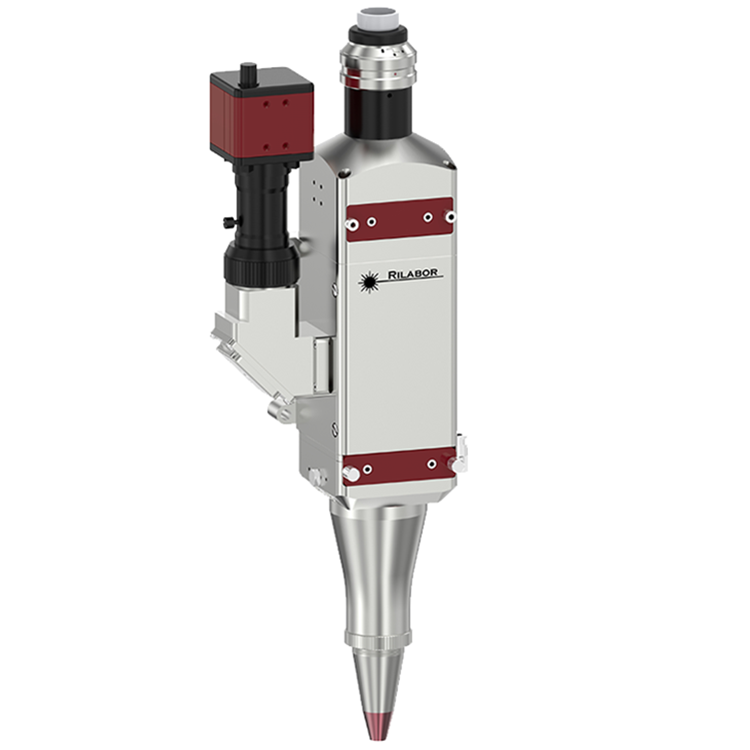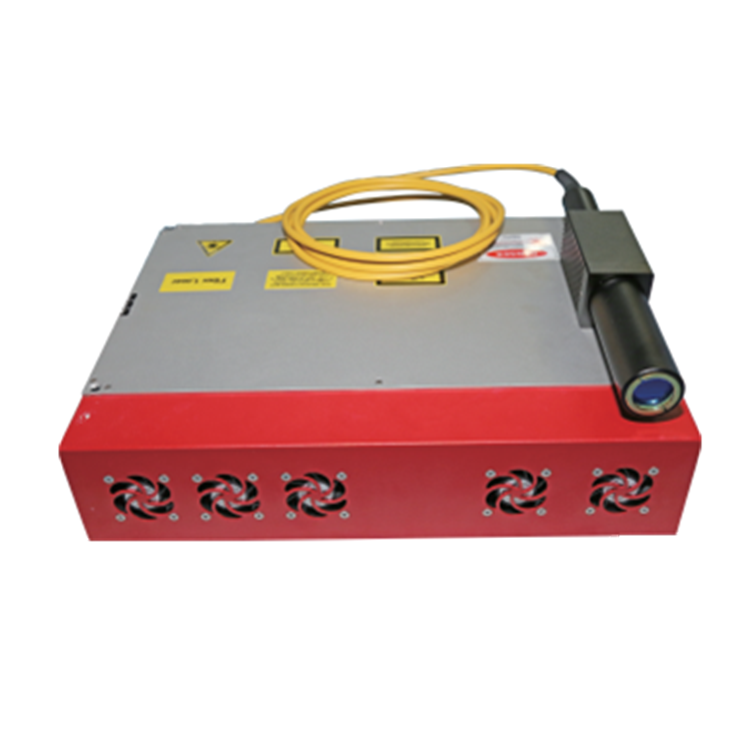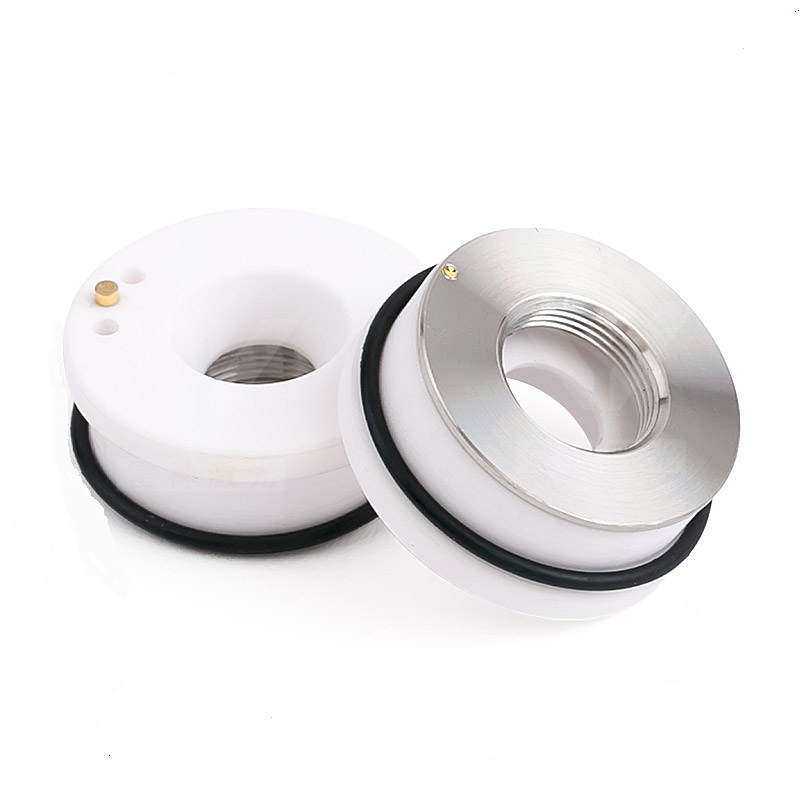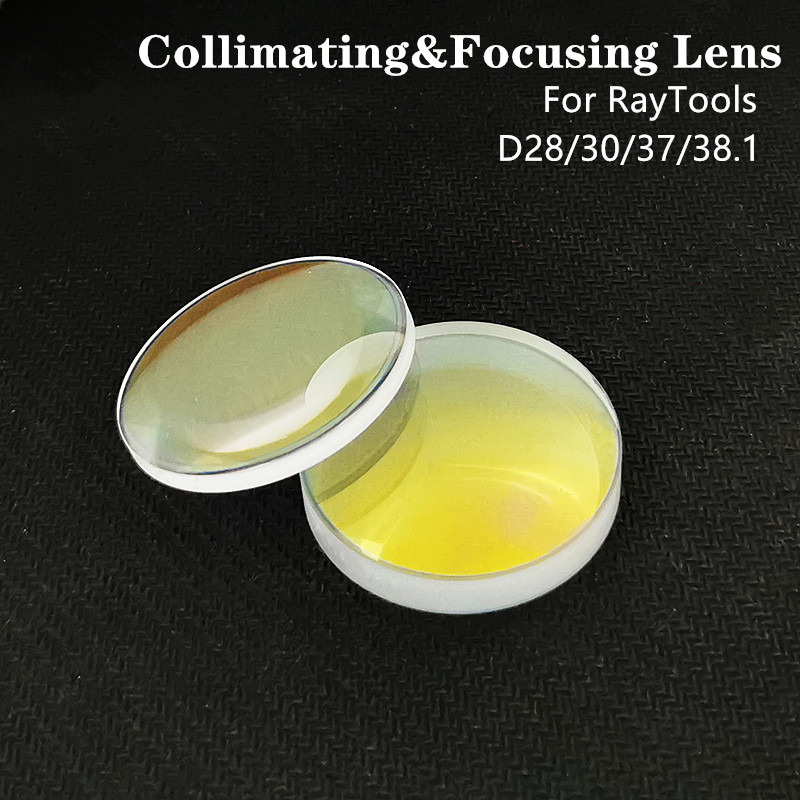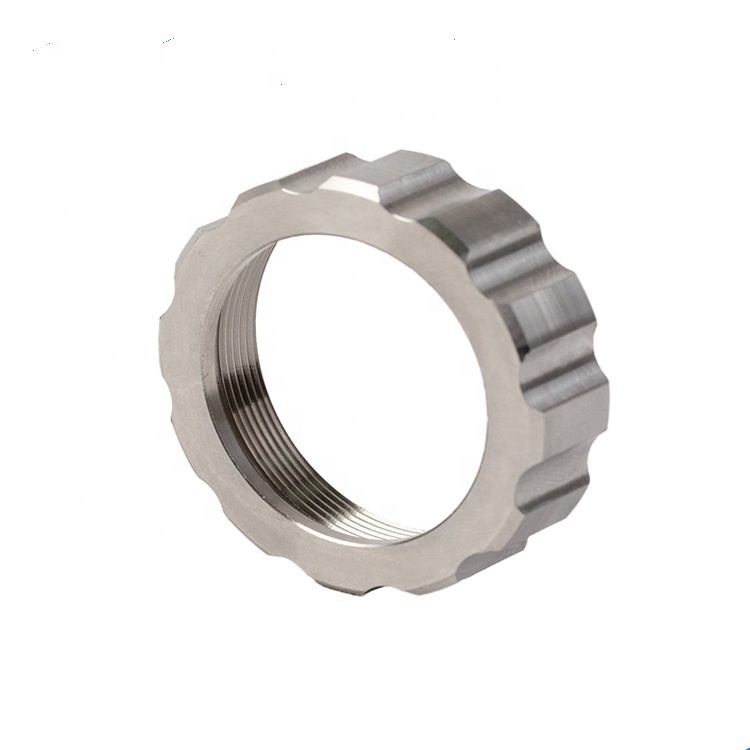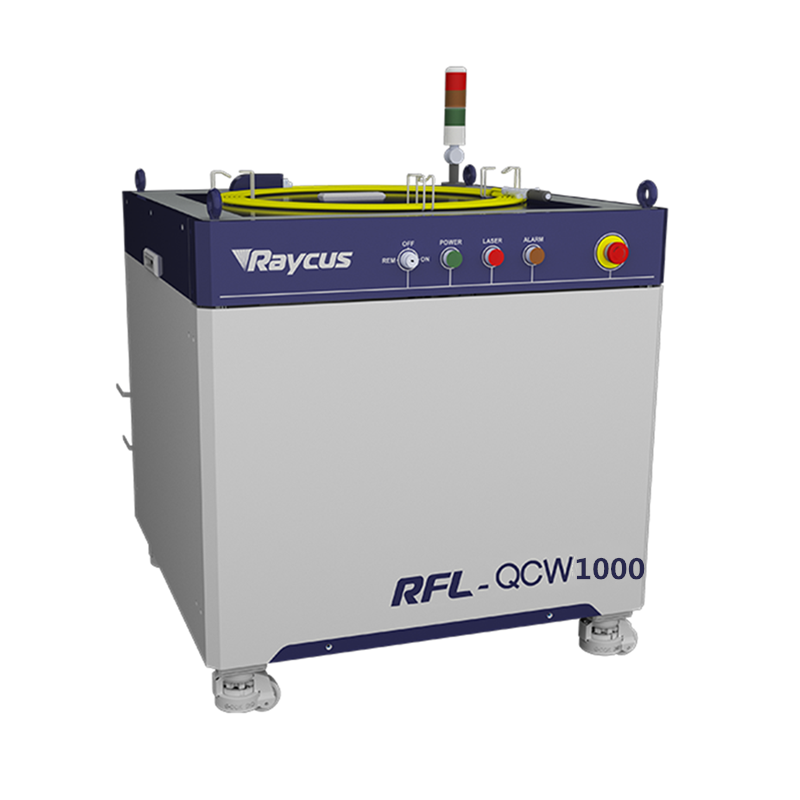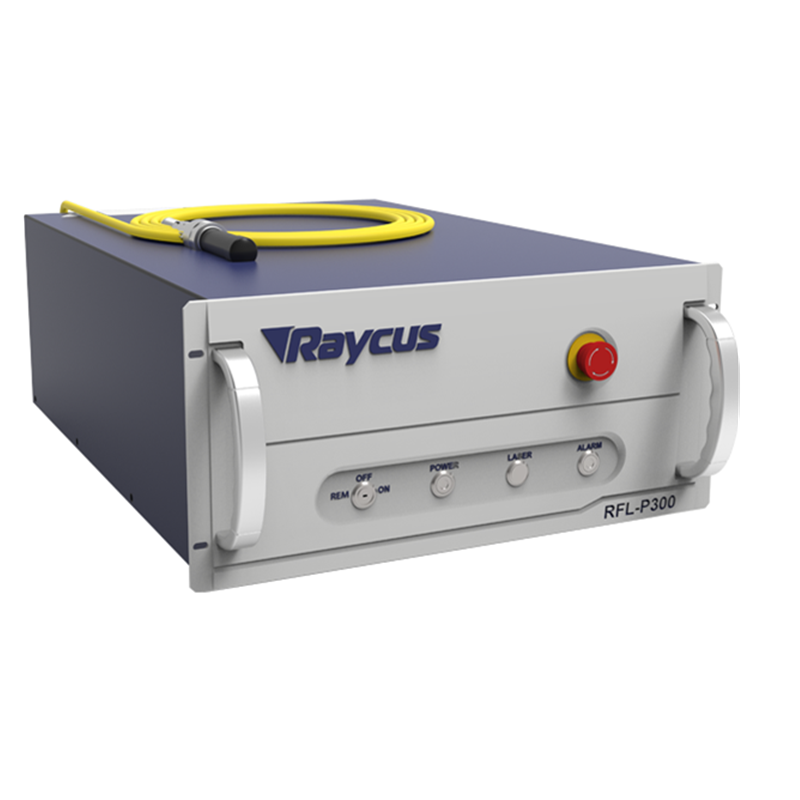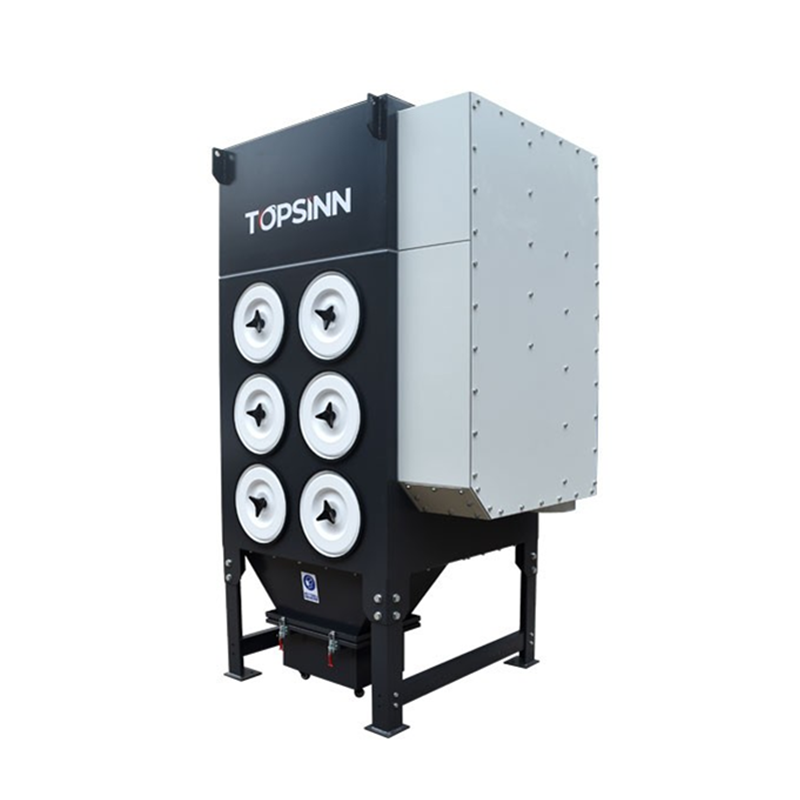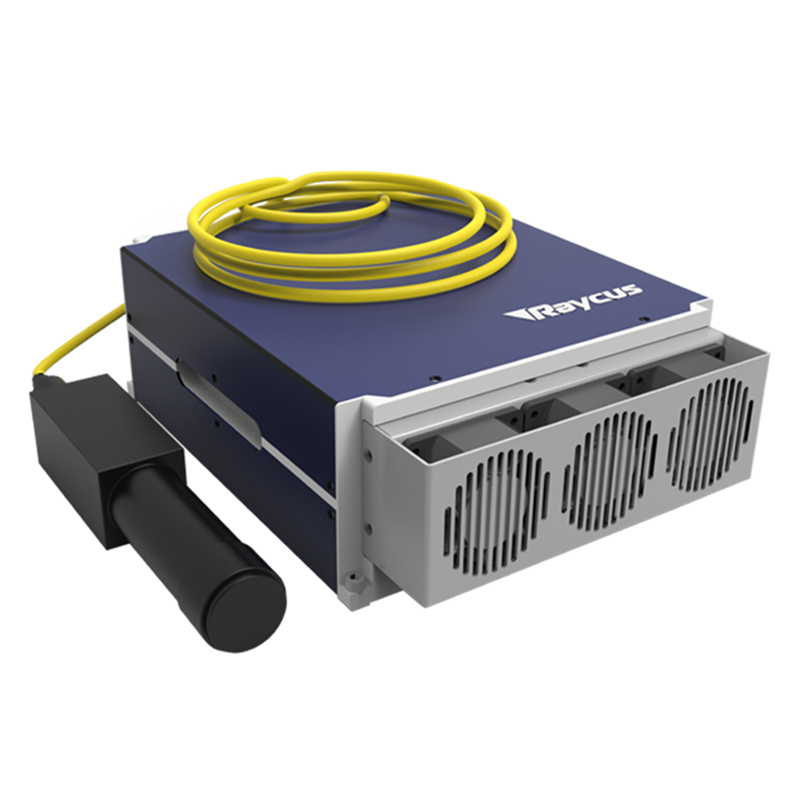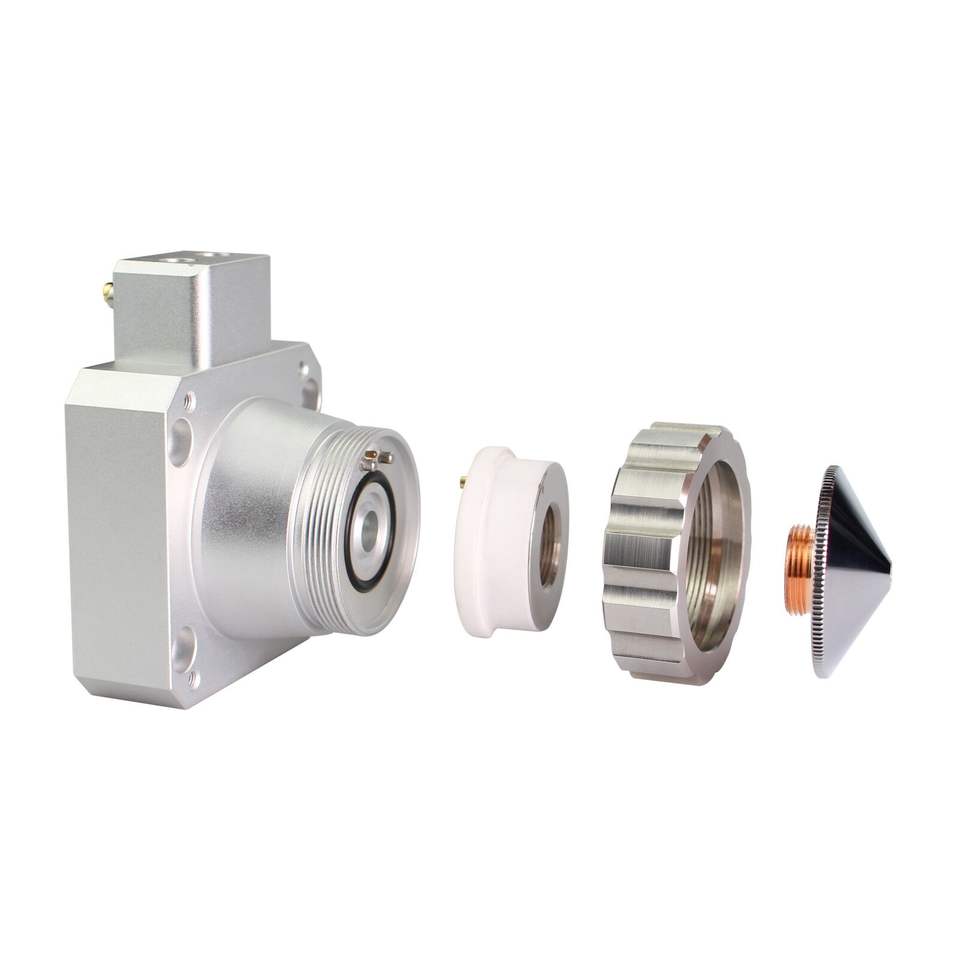Precision Cutting: Laser cutting allows for extremely accurate and detailed cuts, even on thick stainless steel sheets. The precision helps ensure minimal material waste and tight tolerances, making it ideal for applications that require fine details.
Minimal Heat-Affected Zone (HAZ): Since laser cutting uses a highly focused beam of light, the heat-affected zone is small. This reduces the risk of material distortion and degradation, making it perfect for stainless steel, which is sensitive to heat and can warp easily when processed with other methods.
High-Speed Cutting: Laser cutters can operate at high speeds, reducing overall production time and increasing efficiency. This is particularly beneficial when dealing with large quantities of stainless steel parts.
Ability to Cut Complex Shapes: Laser cutting is well-suited for intricate and complex designs, which are common in many stainless steel applications. The process can cut both simple and highly complex shapes without the need for specialized tooling.
No Tool Wear: Unlike mechanical cutting methods, laser cutting does not involve physical tools that wear down over time. This leads to consistent performance, reduced maintenance, and lower operational costs.
Versatile Material Cutting: In addition to stainless steel, laser cutting can be used for other metals and materials, making it a flexible option for companies that need to process a variety of materials with different thicknesses.
Aerospace: Laser cutting is used extensively in the aerospace industry for the production of components like engine parts, brackets, and panels. The high precision and ability to handle complex shapes make it ideal for aerospace applications.
Automotive Industry: In the automotive sector, laser cutting is used for manufacturing parts such as exhaust systems, chassis components, and decorative elements. It helps ensure high quality and precision in parts that need to meet strict standards.
Medical Devices: Stainless steel is often used in medical device manufacturing, and laser cutting provides the precision needed to create small, detailed parts like surgical instruments, implants, and diagnostic equipment.
Food Processing Equipment: Laser cutting is used to make stainless steel parts for food processing machines, including conveyor belts, cutting tools, and hygienic components, thanks to its ability to create smooth, clean edges that are easy to sanitize.
Architectural Components: Stainless steel is commonly used in architecture for decorative elements such as facades, handrails, and sculptures. Laser cutting allows for the creation of complex designs with intricate patterns, providing both functional and aesthetic appeal.
Electronics: Laser cutting is increasingly used in the electronics industry for manufacturing components such as enclosures, connectors, and heatsinks, where high precision and fine detail are essential.
Energy Industry: Laser cutting is used in the production of parts for the energy industry, including turbine components, valve parts, and piping, where precision and the ability to handle high-strength materials are crucial.
Industrial Equipment: Many industrial equipment manufacturers rely on laser cutting to produce parts such as brackets, gears, and housings made from stainless steel, ensuring strength, durability, and precision in their final products.

